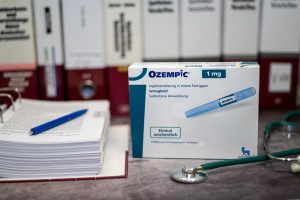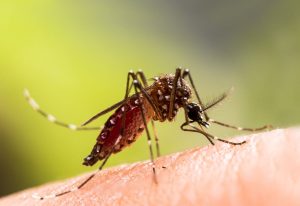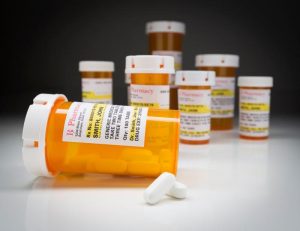Microscopic bits of plastic have been found lodged in tissues in much of the human body, and new research shows they are also infiltrating the placenta.
All samples of placental tissue take from 62 women were shown to contain microplastics, a team at the University of New Mexico (UNM) reports.
Concentrations ranged widely — anywhere from 6.5 to 790 micrograms per gram of tissue.
The UNM team stressed that these amounts are still very small — a microgram is one-millionth of a gram — and the effects on placental health remain unknown. Still, the findings are cause for concern.
“Dose makes the poison,” explained study lead author Matthew Campen. “If the dose keeps going up, we start to worry. If we’re seeing effects on placentas, then all mammalian life on this plant could be impacted. That’s not good.”
The new study was conducted in conjunction with researchers from Baylor College of Medicine and Oklahoma State University.
Using complicated laboratory technologies, they analyzed relative concentrations of microplastics in tissues via a gas emission process.
“The gas emission goes into a mass spectrometer and gives you a specific fingerprint” for microplastic concentrations, explained Campen, who is professor of pharmaceutical sciences at UNM.
Breaking down their findings by the type of plastic found, polyethylene — present in plastic bottles and bags — came up on top, comprising about 54% of samples found in placental tissue.
Polyvinyl (best known as PVC) comprised about 10% of samples, the researchers said.
The findings were published Feb. 17 in the journal Toxicological Sciences.
The team stressed that the health effects of microplastics on the human body are still unclear.
Scientists have long considered them to be inert substances, but Campen’s team noted that some plastic “nanoparticles” are so small they might penetrate individual cells.
And why they are showing up in placental tissues is puzzling, Campen said. One would expect microplastics in other bodily tissues, since the particles accumulate over the long-term. However, placentas grow over the course of only eight months, Campen pointed out.
Further research is planned, he said, because the issue of microplastics is “only getting worse, and the trajectory is it will double every 10 to 15 years. So, even if we were to stop it today, in 2050 there will be three times as much plastic in the background as there is now. And we’re not going to stop it today.”
More information
Find out more about microplastics at Yale University.
SOURCE: University of New Mexico, news release, Feb. 20, 2024
Copyright © 2024 HealthDay. All rights reserved.

-300x200.jpeg)









-300x241.jpeg)




